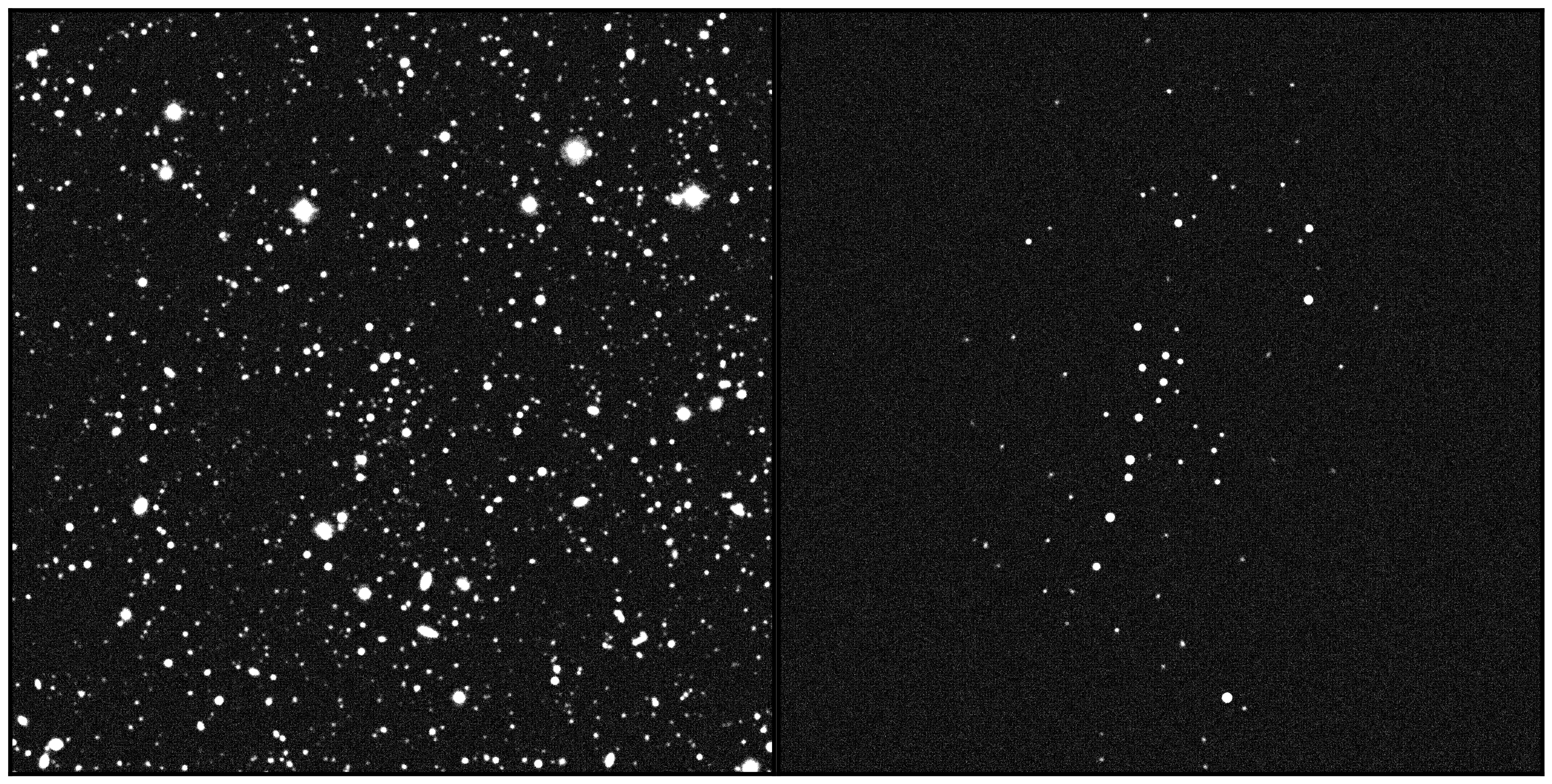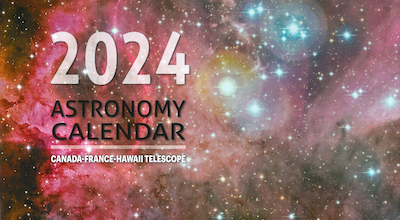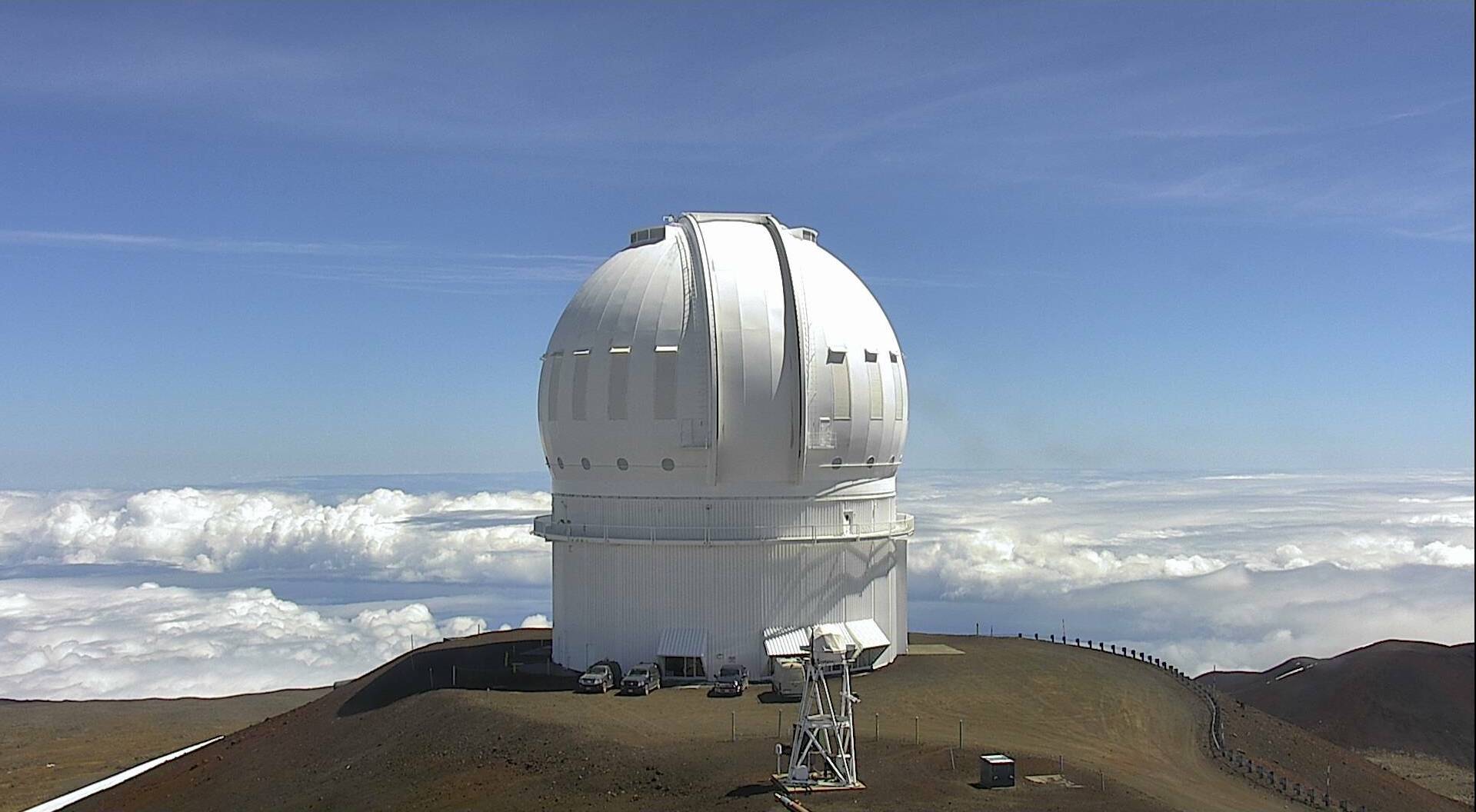Cannibalistic Andromeda
The Violent History of the Big Galaxy Next Door
Astronomers have pieced together the cannibalistic past of the neighbouring large galaxy Andromeda, which has set its sights on our Milky Way as the main course.
The galactic detective work found that Andromeda has eaten several smaller galaxies, likely within the last few billion years, with left-overs found in large streams of stars.
Australian National University (ANU) researcher Dr Dougal Mackey, who co-led the study with Professor Geraint Lewis from the University of Sydney, said the international research team also found very faint traces of more small galaxies that Andromeda gobbled up even earlier, perhaps as far back as during its first phases of formation about 10 billion years ago.
“The Milky Way is on a collision course with Andromeda in about four billion years, so knowing what kind of a monster our galaxy is up against is useful in finding out its ultimate fate,” said Dr Mackey from the ANU Research School of Astronomy and Astrophysics.
“Andromeda has a much bigger and more complex stellar halo than the Milky Way, which indicates that it has cannibalised many more galaxies, possibly larger ones.”
The signs of ancient feasting are written in the stars orbiting Andromeda, with the team studying dense groups of stars, known as globular clusters, to reveal the ancient mealtimes.
“By tracing the faint remains of these smaller galaxies with embedded star clusters, we’ve been able to recreate the way Andromeda drew them in and ultimately enveloped them at the different times,” Dr Mackey said.
The discovery presents several new mysteries, with the two bouts of galactic feeding coming from completely different directions.
“This is very weird and suggests that the extragalactic meals are fed from what’s known as the ‘cosmic web’ of matter that threads the universe,” said Professor Lewis from the Sydney Institute for Astronomy and University of Sydney School of Physics.
“More surprising is the discovery that the direction of the ancient feeding is the same as the bizarre ‘plane of satellites’, an unexpected alignment of dwarf galaxies orbiting Andromeda.”
Dr Mackey and Professor Lewis were part of a team that previously discovered such planes were fragile and rapidly destroyed by Andromeda’s gravity within a few billion years.
“This deepens the mystery as the plane must be young, but it appears to be aligned with ancient feeding of dwarf galaxies. Maybe this is because of the cosmic web, but really, this is only speculation,” Professor Lewis said.
“We’re going to have to think quite hard to unravel what this is telling us,” he said.
Dr Mackey said studying Andromeda also informed understanding about the way our galaxy has grown and evolved over many billions of years. “One of our main motivations in studying astronomy is to understand our place in the Universe. A way of learning about our galaxy is to study others that are similar to it, and try to understand how these systems formed and evolved. Sometimes this can actually be easier than looking at the Milky Way, because we live inside it and that can make certain types of observations quite difficult.”
The study, published in Nature, analysed data from the Pan-Andromeda Archaeological Survey, known as PAndAS. The Canada-France-Hawaii Telescope (CFHT) observed the PAndAS program from 2008-2010 as part of CFHT's large program observations. PAndAS used CFHT's wide field optical imager MegaCam for 226 hours spread over the two year period. The goal of the program was to provide the deepest and most complete panorama of galactic halos for the Milky Way's nearest neighbors, M33, the Triangulum galaxy, and M31, the Andromeda galaxy. The PAndAS team intended to create the primary reference dataset for all subsequent studies of the stellar populations of M31 and M33.
"CFHT and the PAndAS team spent considerable time crafting the observing strategy for the program with the hope that the survey would lead to discoveries like those made by Dr. Mackey's team," said Todd Burdullis, queue observations specialist at CFHT. "We are incredibly proud of the dataset and its continuing impact on astronomy's understanding of the histories of our nearest neighbors."
“We are cosmic archaeologists, except we are digging through the fossils of long-dead galaxies rather than human history,” said Professor Lewis, who is a leading member of the survey.
The team involved institutions from Australia, New Zealand, the United Kingdom, Netherlands, Canada, France and Germany.
Additional information
arXiv.org link to paper
Hawaii Media Contact:
Mary Beth Laychak
Canada-France-Hawaii Telescope
808-885-3121
laychak@cfht.hawaii.edu
Will Wright
the ANU media hotline
Telephone: +612 6125 7979 or +61 2 6100 3486
media@anu.edu.au
Marcus Strom
University of Sydney
Telephone: +61 2 8627 6433 or +61 423 982 485
marcus.strom@sydney.edu.au
Science Contact
Dr. Dougal Mackey
Research School of Astronomy and Astrophysics
ANU College of Science
Telephone: +61 2 6125 0214
dougal.mackey@anu.edu.au
Professor Geraint Lewis
Sydney Institute for Astronomy
School of Physics, University of Sydney
Telephone: +61 424 254 551
geraint.lewis@sydney.edu.au





